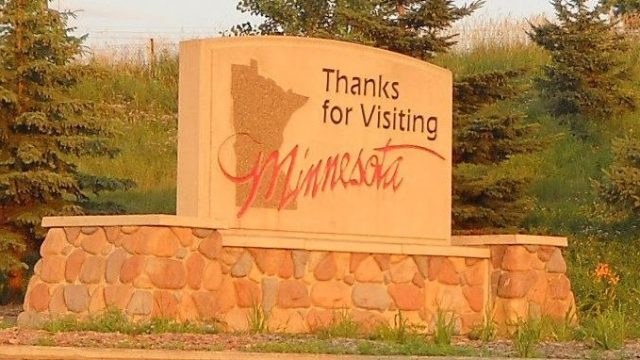Why North Dakota Is A Top Destination For Minnesotans Fleeing Higher Taxes

Andy Peterson, the President of the Greater North Dakota Chamber of Commerce, had a letter to the editor over the weekend highlighting the differences in income tax rates between North Dakota and Minnesota.
The differences are pretty stark:
A family of four in Minnesota making $100,000 per year, itemization not considered, pays $4,409 in state taxes. If this family lived in North Dakota, they would only pay $941 in state taxes. If the same family made $150,000 per year, they would pay $7,934 in Minnesota state taxes compared to $2,013 in North Dakota. At $200,000 per year, itemization not considered, the family would pay $11,578 in taxes in Minnesota or $3,154 in North Dakota. Finally, at $250,000 per year, itemization not considered, the family would pay $15,503 in Minnesota or $4,399, more than two-thirds less, in North Dakota.
For a family living in Moorhead, Minnesota, and making $100,000 per year as a household this means that they could move a couple of miles across the Red River into North Dakota – while staying, essentially, in the same metro area – and see their income tax burden drop by a whopping 78 percent.
That’s remarkable, and no doubt a big reason why along the border communities – Grand Forks/East Grand Forks, Fargo/Moorhead, Wahpeton/Breckenridge – the population is so much higher on the North Dakota side of the border.
Why would you want to stay in Minnesota and pay taxes that are so much higher?
In fact, according to the latest data from the IRS, North Dakota ranks behind only Wisconsin as a top destination for Minnesotans leaving their state from 2010 to 2011. For North Dakota, Minnesota was the top source of in-migration, followed more distantly by Montana, South Dakota, California and Texas.
As more update data becomes available, taking into account North Dakota’s chronic labor shortage, I expect the number of Minnesotans coming to North Dakota to increase.





